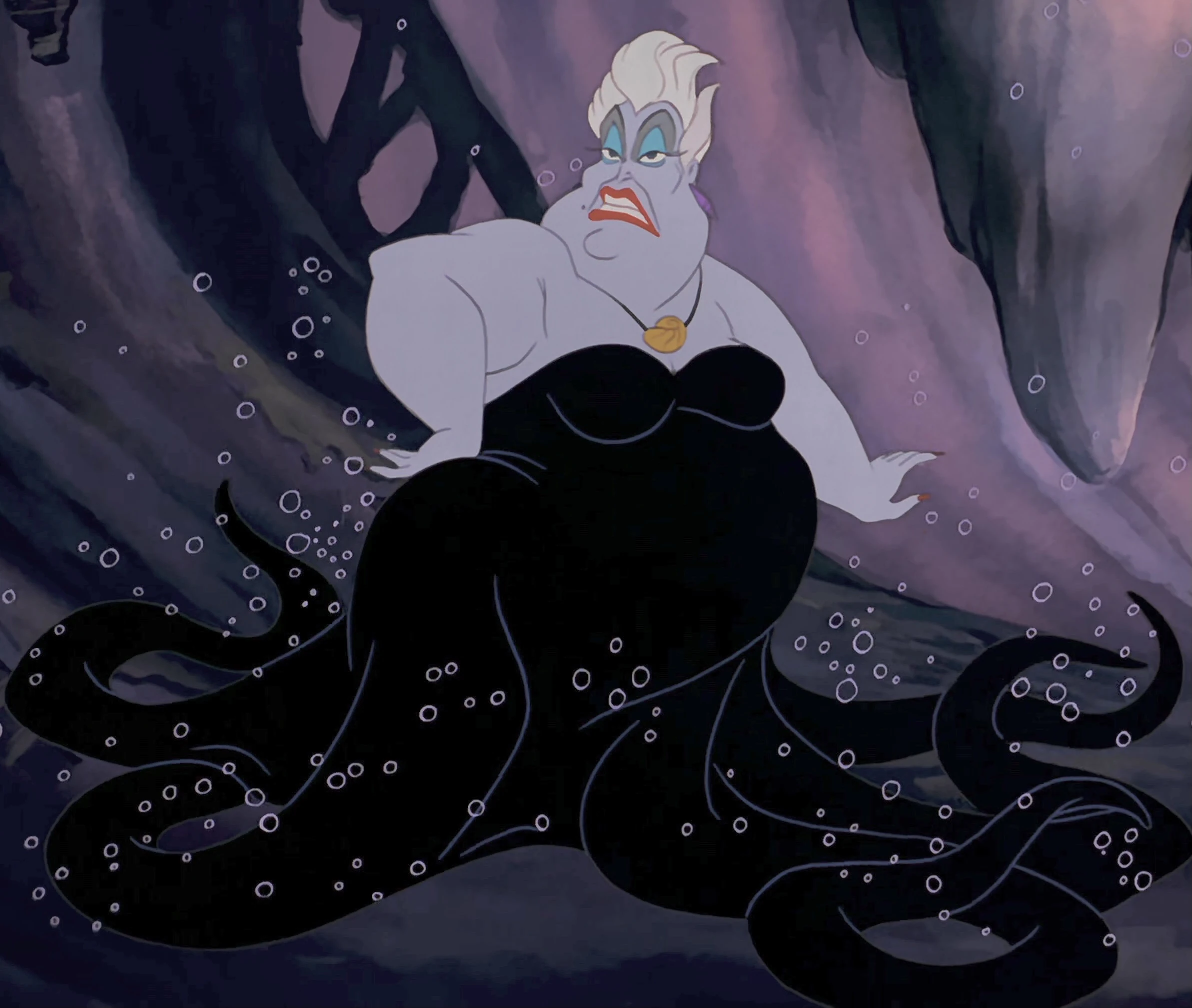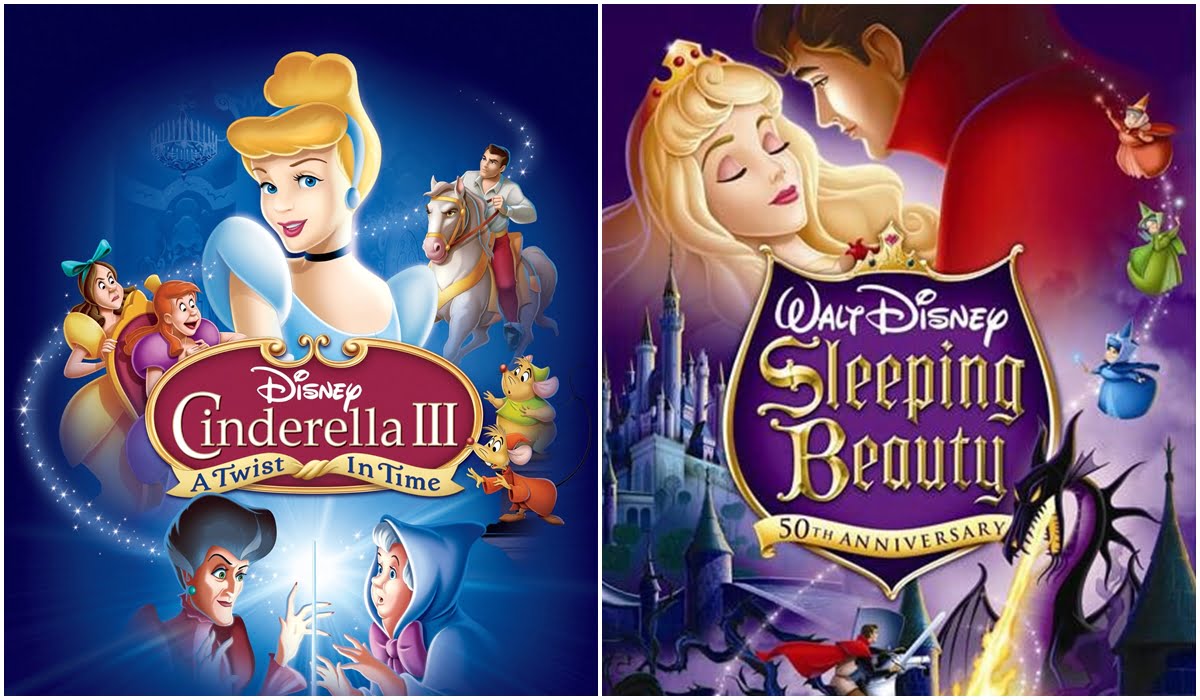Mongolian youngsters have been watching Disney films since the 1990’s when the Socialist system collapsed. Indeed, until the 20th century, modern media was not yet introduced, as the nomadic nation of Mongolia in Eastern Central Asia, was isolated under the colonial rule. To add to that, given how Mongolia was on the Communist side of the world till 1990, Disney films were far away until the current millennium. This article attempts to dissect the gendered representations in Disney films and how it has impacted mindsets in Mongolia.
Also read: How To Be A Damsel-In-Distress: A Lesson By Disney Princesses
Until the 20th century, modern media was not introduced in Mongolia as the nomadic nation in Eastern Central Asia was isolated under the colonial rule. To add to that, given how Mongolia was on the Communist side of the world till 1990, Disney films were far away until the current millennium.
Massive media-entertainment cluster, Walt Disney, has been producing some of the “most watched” animation films with technological breakthroughs and beautiful artworks. We can say that Disney films have an impact on children in most of the countries and nations. Despite the charming art dedicated to young citizens, Disney films has been criticised for asserting on gender stereotypes in its films thus impacting the mindsets of its audience, mostly kids. Beginning from Cinderella, Snow White, Sleeping Beauty to Rapunzel, many of the Disney princesses possess very feminine physical and emotional features, a damsel-in-distress characterisation with a heavy dependence on the man and his power for help. Killing dragons, beating evil power, and wandering to challenge oneself seems business for boys till the current century. However, it is not to say that the giant media producer has attempted to correct and modified its products by illustrating more independent and empowered females. Yet, what has sealed through decades may have its very unique and mutated effects on how people do think.
There are common features for fairytale princesses presented in animated Disney films such as feminine, young, beautiful, and noble. At the very end of each film, almost all princesses find their princes who could protect them and then orient their lives to a more secure and luxurious way. Cinderella, Snow White, Sleeping Beauty and many others seem to be solving their life problems when they marry stronger males.
Also read: Hayao Miyazaki And Studio Ghibli’s Cinematic Representation Of Empowered Women
As Mongolians have been watching Disney films since the mid of 1990’s, we conducted a survey in between June-July 2020 at the National University of Mongolia (SIRPA) to check how Disney films influenced the personal view of modern nomads on images of gender. Data collected from around 500 Mongolian people from the age group of 18-33 years old, considering how they became the very first audience of the Western content as kids and could have been affected since early ages.
First part of survey observed how those young people see the life goals of men and women through Disney films as those contents might have shaped their perception. Survey participants were asked how Elsa, the main character of Frozen, can make her life perfect according to their very own viewpoints. Interestingly, almost 60 percent of participants answered that Elsa could make her life perfect by finding true love while 33 percent chose a new adventure and challenges for making Elsa’s life better. Only 8.3 percent replied that Elsa needs to govern her kingdom and make progress as a queen.
According to the answers of the people, females’ stereotyped desire is to find true love and happy marriage disregarding individual’s talent and capacity. Disney films may have shown that the solution for young females to overcome difficulties is in finding a man as her protector. Seemingly, most of the Disney films such as the fairy-tales illustrated that the one and only aspiration and dream for females is finding a perfect man to marry. And for this, a feminine personality and attractive physical features (more often than not represented by White women) are conducive.
Female physical features presented by Disney films could have been repetitive comparing to males as most of the princesses in the films have asymmetrical face, thin body, and flawless skin, briefly, what would be deemed perfect in a conventional world full of bias. In contrast, viewers could see villain roles which are defined with non-normative physical characteristics including overweight, missing limbs, old age, or negative facial expressions. For example, Ursula, the main antagonist role in “The Little Mermaid”, is overweight and she has a different skin color than most of the characters in the film. Evil characters associated with abnormal appearance may have left the idea of that shapes and colors other than what the princesses possess, would express a negative image of personality or moral weakness. It also furthers the misconception that people with physical disabilities are societal misfits. Therefore, the second part of the survey focused on understanding how people feel about appearances of others and then analysing these to understand the impact of gender stereotypes.
Every participant in the survey had watched “The Little Mermaid” and thus, they already had views on the movie and its characters, including Ursula. Almost 60 percent of survey correspondents answered that Ursula’s appearance seems unpleasant. In fact, 16.7 percent of them thought that Ursula is super ugly. Notably, 74.8 percent participants agreed that Ursula’s appearance makes her more hateful. Different shapes and sizes of female roles in films maybe dedicated to highlight the contrast between evil and good by their looks. While Ariel is small, thin, and white, in contrast, Ursula is overweight, bigger, and purple. Thus, their appearances could express radical differences between the characterisation of Ariel and Ursula to the audience. Accordingly, Disney films may have been giving the message that unpleasant appearance is equal to an unpleasant personality thus reconfirming the existing stereotypes around the constructs of perfect beauty and body image.

Disney films may have been giving the message that unpleasant appearance is equal to an unpleasant personality thus reconfirming the existing stereotypes around the constructs of perfect beauty and body image.
Also read: Disney Ups Its Game: The 6 Most Progressive Disney Princesses
Hence, it is quite clear that the images of gender and gender roles have been further stereotypically conditioned by employing the tool of modern media that still relies on conservative mindsets for propagation. Females are shown as caregivers or dishwashers while males are presented as heroes who will save ready to save at the drop of a hat. Considering how there has only been a gradual shift (like how change in any discourse is) and past pictorial representations are still deeply entrenched, the survey indicates how Disney films’ imagery has impacted the gendered understanding of the respondents. Moreover, the strong and conservative patriarchal culture in Mongolia may have acted as very good soil for the contents made by Walt Disney to thrive.
Tergel Bold-erdene is an Assistant lecturer at the School of International Relations and Public Administration, National University of Mongolia. She is dominantly interested in portrayal of the females in pop culture, feminist ethics and Asian Studies with focus on gender and sexuality. She can be found on LinkedIn




